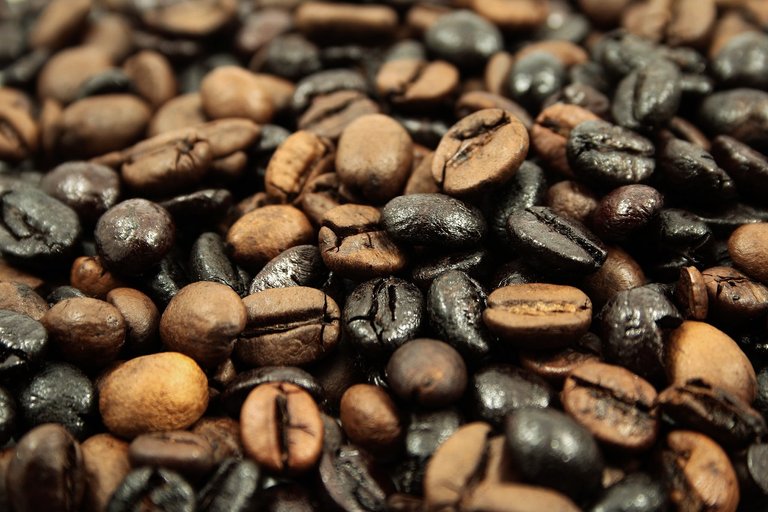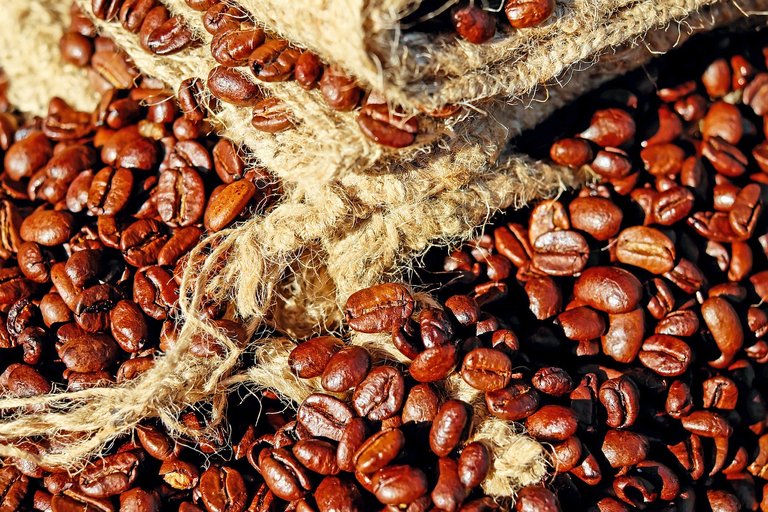Did you Know ? Coffee waste could give a 30% boost in concrete strength
Have you ever sipped your morning brew and wondered, "Could this cup of coffee make buildings stronger?" Well, brace yourself because researchers in Australia have found a way to blend the world of construction with your beloved coffee grounds. It's not a caffeine-induced dream—this is the real deal.
Okay, take a moment and think about this; a concrete that's not just robust but boasts a 30 percent increase in strength, all thanks to those charred coffee remnants. Yes, you read that right—your morning pick-me-up might soon play a role in fortifying structures.

But now, you see, the question really is, how did we stumble upon this delightful concoction in the form of concrete fortification? How?
To answer that, let's take a peek into the world of inventive engineering and a dash of, you know, caffeine creativity. Its obvious that We're in the midst of a global coffee consumption frenzy, leading to a colossal 10 billion kilograms of coffee waste annually, I bet you didn't know that, if you did, then good for you, if you don't, well now you do, it a win-win. Now, unfortunately, most of this coffee waste finds its way to landfills, contributing to greenhouse gas emissions and environmental woes, so much for saving the planet. The other day I made a post on global warming, turns out that coffee waste on a heap of landfill also contributes to it. Nothing goes for nothing, any form of non-moderation we fail to have as human beings will always tell on our planet
Entering the heroes of this narrative, if there is a problem there is always a hero or heroes right? Whether directly or indirectly. Now these innovative engineers, Rajeev Roychand, Jie Li, and Shannon Kilmartin-Lynch from RMIT University decided to embark on a mission to tackle two significant problems simultaneously: the surplus coffee grounds choking landfills and the environmental strain caused by resource-intensive concrete production.

The solution? Pyrolysis— a fancy name, but frankly the process is not so fancy. Basically, it’s involves toasting coffee waste super hot (way over 350°C) without any oxygen. You see, this cooking trick creates something called biochar, a leftover full of carbon. And guess what? This biochar loves hanging out with cement, making it stronger. It's like adding a special ingredient to make concrete extra tough, just like spicing up a recipe for super-strong concrete.
But hold your construction hats; it's not just about any heat. It turns out that too much heat or too little heat doesn't give the same result. The team experimented and found that a 500°C toast didn't yield the same strength as the 350°C version. This biochar, it seems, knows precisely the temperature it prefers for its building-bonding properties.
Of course, this isn't the end of the story. The team's still on their lab coats, conducting durability tests to ensure this coffee-cement blend stands strong against the weather's wildest mood swings—freeze/thaw cycles, water soakage, and more.
It doesn't stop at coffee grounds either. They're eyeing wood, food scraps, and agricultural leftovers as potential biochar sources. The goal? To cut down organic waste in landfills and give a high-five to sustainability. Suddenly, waste isn't just waste—it's the missing puzzle piece in stronger, greener construction.

But let's admit, mixing coffee with concrete might raise a few eyebrows. Imagine construction workers hoisting bags of beans alongside cement mixers. Could this lead to buildings smelling like your favorite coffee shop? A new era of "aroma-infused architecture" might just be on the horizon.
Picture the discussions during a coffee break on a construction site: "How strong is this foundation?" "As strong as your morning coffee, mate!"
This innovation, though, isn't just about adding a pinch of novelty to the construction world; it's a testament to human creativity. Who knew that the remnants of your daily caffeine fix could play a role in fortifying the very structures we live, work, and play in?
So, the next time you sip your coffee, ponder the remarkable journey those grounds might take from your cup to reinforcing the foundations of the future. Your morning brew might just hold the secret to a stronger, more sustainable world one building at a time.
what do you think ?
References
- https://www.anthropocenemagazine.org/2023/09/engineers-close-a-circular-economy-loop-by-making-stronger-concrete-with-old-coffee-grounds/
- https://www.popularmechanics.com/science/green-tech/a44892538/engineers-use-coffee-to-make-concrete-stronger/
- https://scitechdaily.com/a-double-shot-of-strength-how-used-coffee-grounds-reinforce-concrete/
- https://www.newcivilengineer.com/latest/new-research-shows-coffee-could-boost-concrete-strength-by-30-23-08-2023/
- https://www.researchgate.net/publication/367178333_Study_of_Recycled_Spent_Coffee_Grounds_as_Aggregates_in_Cementitious_Materials
Credit
First Image
Second Image
Third Image by Ylanite Koppens from Pixabay
Thanks for your contribution to the STEMsocial community. Feel free to join us on discord to get to know the rest of us!
Please consider delegating to the @stemsocial account (85% of the curation rewards are returned).
You may also include @stemsocial as a beneficiary of the rewards of this post to get a stronger support.